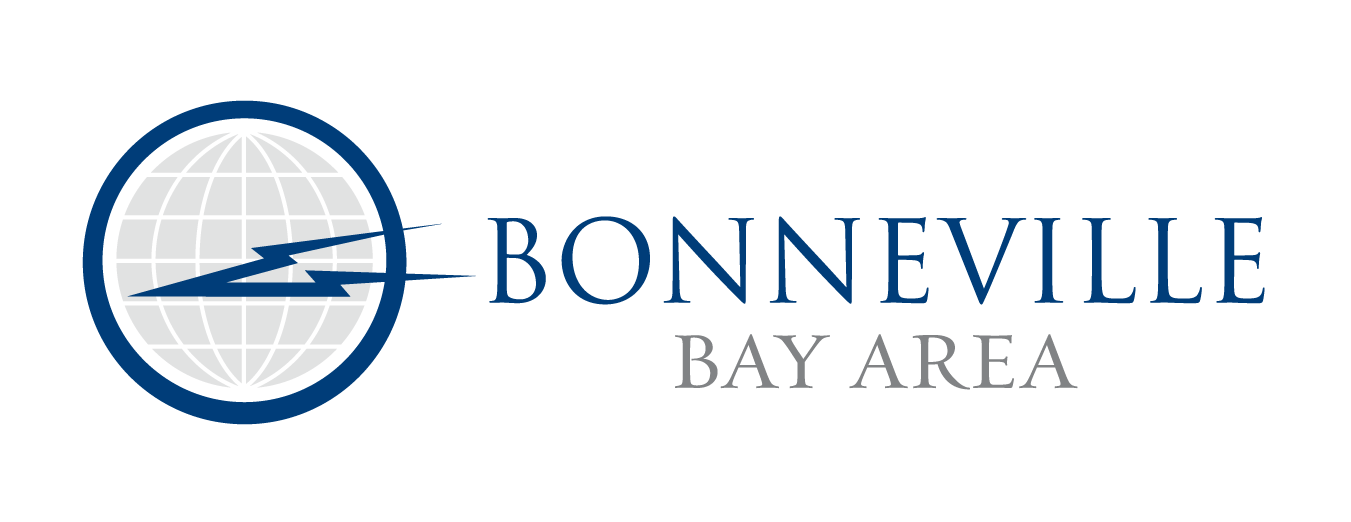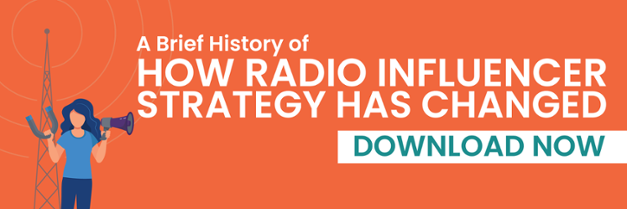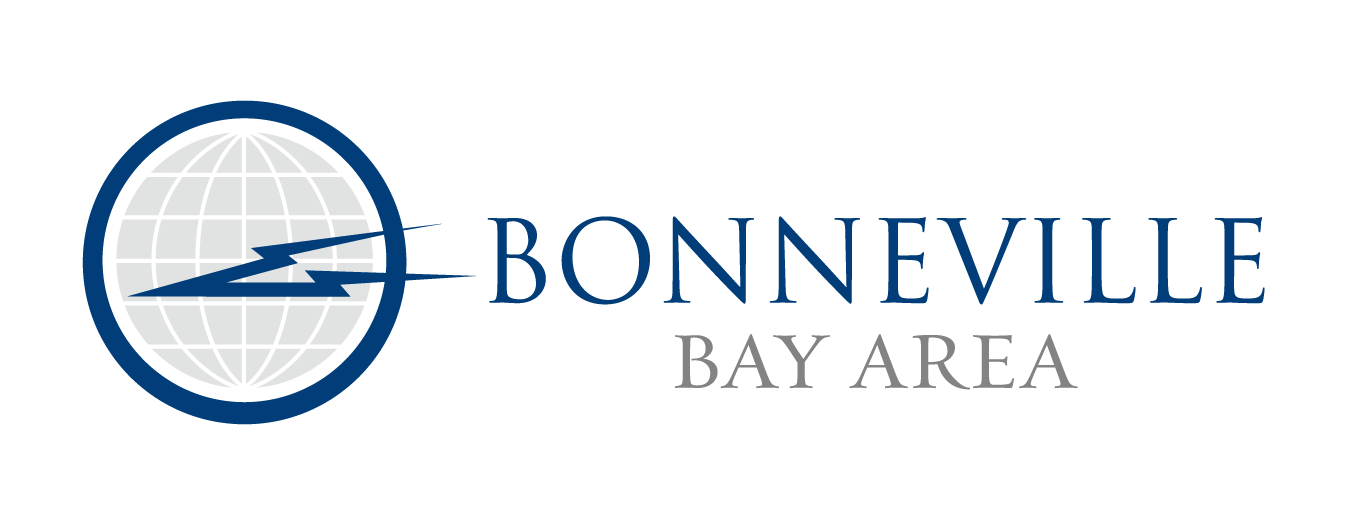
Streamlining your digital and radio marketing campaigns can enhance your success rates and help you see a higher overall return on your marketing investment. Unfortunately, it's sometimes easier said than done. Digital and radio may seem like dramatically different types of ads. If you don’t work with a media partner, it can be hard to translate your vision into a cohesive marketing campaign.. However, by properly organizing your marketing processes, you can streamline your digital and radio marketing efforts and ensure your campaign's success.
Identify Your Marketing Goals
Set SMART marketing goals: goals that are specific, measurable, attainable, realistic, and timely. For example, you might have a goal of bringing in 500 new email subscribers and increasing sales by 5% over a specific timeframe. Base your goals on your business’s current capabilities, the type of ad you're creating, and your overall marketing budget as well as your big-picture goals for your business.
By starting with SMART goals, you can develop a better idea of what you need to accomplish to reach your target. SMART goals also give you a way to measure the overall success of your campaign and can help to adjust your future ads accordingly.
Aim for Your Target Audience With Consistent Messaging
Carefully consider your target audience and how you can use your preferred channel to reach them. To create an effective marketing campaign, you need to know where your target audience spends their time and the type of content they most likely consume.
Radio
When does your target audience listen to the radio? What type of content do they listen to? Consider listeners who tune in during their commute, when they're out running errands, or throughout the day as they take care of work and other tasks. You may also want to consider the listeners who most often engage with specific content or influencers. Those influencers can be a powerful marketing tool that can help you reach your target audience more effectively.
Social
What social media platforms does your target audience prefer? Eighty-three percent of women and 75% of men use Facebook. Members of Gen Z, however, may use Instagram more often. Pay attention to the platforms that your target audience uses most often, including how they consume content on those platforms.
Blogs
Today's consumers do a great deal of research before deciding on a purchase. They check out blogs for longer-form content designed to answer their questions about specific products or services. They also absorb blogs for entertainment or to learn more about things that interest them. Blogs are a great way to reach a wider audience, especially when creating engaging, useful, and shareable content.
Podcasts
Podcasts are becoming increasingly popular, with an average of 51% of Americans having listened to a podcast at least once. Evaluate the type of podcast content your target audience most often engages with.
Websites
Websites offer a digital storefront: a highly effective way for your audience to connect with the content you're providing. Having a website that is easy to navigate and is mobile friendly is a necessity for businesses today. Consumers need to be able to reach you online.
Mobile
An increasing amount of search and internet traffic is mobile-currently, mobile accounts for around 50% of web traffic. Effective marketers tailor their content to mobile accessibility.
Deliver your content to the platforms your audience use. Integrating radio with your other channels can substantially increase your overall success rates.
Track Your Metrics
Track metrics that align with your campaign method and goals to observe your marketing efforts' overall success. Common KPIs for marketing campaigns include:
- Site traffic
- Email list signups
- Customer lifetime value
- Cost per lead/Cost per click
- Sales revenue
Identifying the metrics you want to track to prove the ROI of your campaign is an important step in streamlining your process. When you identify the KPIs you most need to track, you can focus on those and decrease focus on data that does not meet your current goals.
Leverage Organic and Paid Traffic
Both organic and paid traffic help drive attention, engagement, and conversions. Radio can help drive both SEO and SEM. As listeners hear more about your brand, they're more likely to search for it directly, which can help increase your search results and, ultimately, your website authority. This process naturally boosts your SEO. You can also retarget consumers who have engaged with radio ads and other content, helping to build your search engine marketing success.
Streamlining your digital and radio marketing campaigns can help you improve your overall marketing ROI and see higher levels of success with each campaign. Whether you're new to integrated marketing or want to enhance your success, try connecting with a media partner. A skilled media partner can help you streamline your campaigns, integrate their different attributes, and enhance your marketing efforts.




